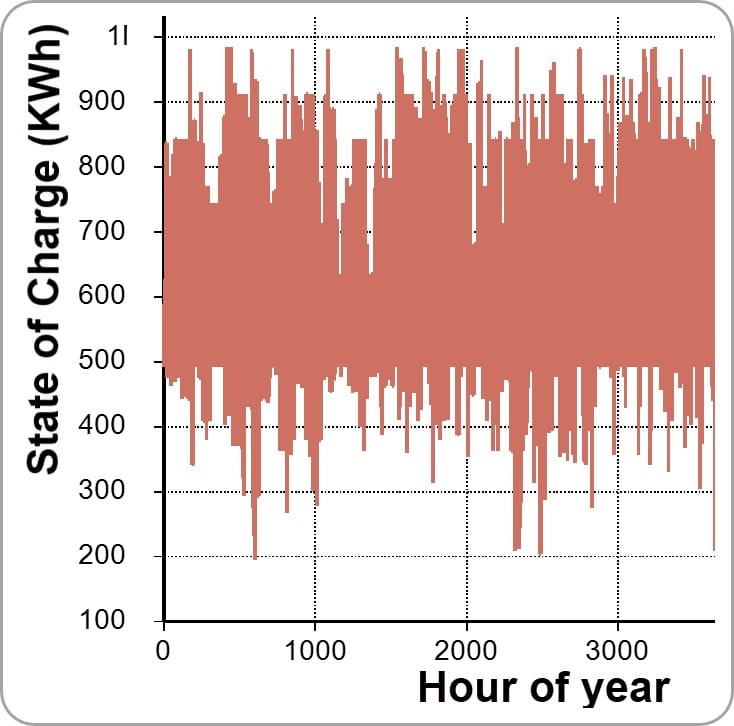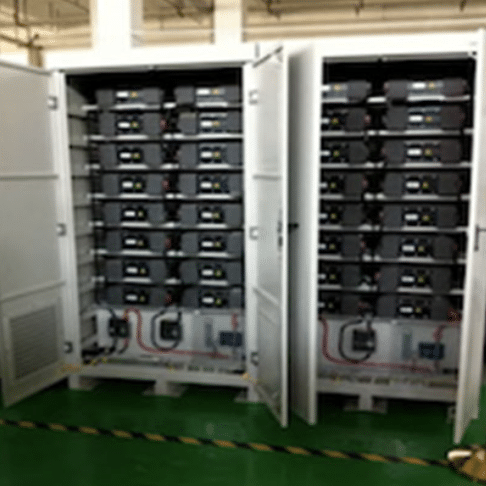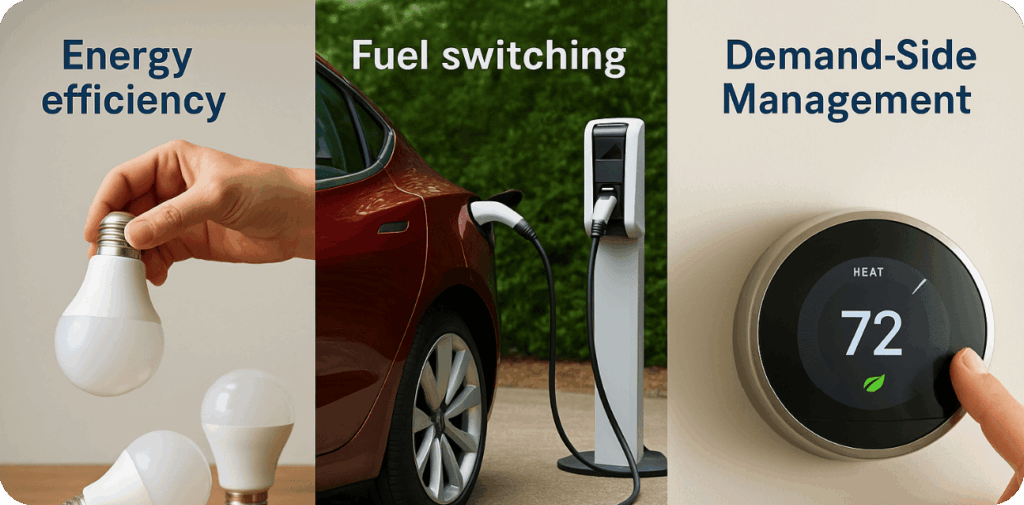
Introduction
With the rapid electrification of vehicles and buildings, and mushrooming need for AI datacenters, there are worries about whether the electricity supply will be able to keep up. Certainly, we need new power generation capacity, but usually the most cost-effective response is to use demand-side management (DSM) to reduce electricity use, especially shifting demand from peak hours. Many electric utilities have extensive programs to promote DSM for residential, commercial, and industrial customers, sometimes aided by Federal and state incentives.
There are many ways to do this: Energy efficiency is often the most effective since it reduces overall consumption. Examples include building insulation and weatherization, and switching to LED lighting and more efficient appliances. Distributed generation includes rooftop residential and commercial-scale solar, sometimes with on-site batteries. Beneficial electrification means shifting from natural gas to electricity with efficient induction cooking, from gas furnaces to efficient heat pumps for heating space and water, and from gasoline to electric vehicles. Beneficial electrification is often paired with energy efficiency to reduce overall emissions and costs. Options for demand shifting include smart thermostats, appliance controls, EV chargers, and water pumping that shift electricity usage to off-peak periods, sometimes using batteries to provide extra peak demand reductions.
The challenge
The wide range of DSM measures and rapidly evolving technologies make it hard for utilities to assess and prioritize which measures and programs are most cost-effective. They need to forecast and track actual performance in terms of installation, incentive and administrative costs, adoption rates, demand reductions or shifts, impacts on energy bills, and carbon emissions. Regulators have established a variety of metrics to quantify cost effectiveness. Many utilities have teams of analysts and managers who currently perform these analyses with cumbersome and inefficient spreadsheet-based tools.
Our solution
ACES (Analytica for Cost-Effectiveness Solutions) is a comprehensive software tool to analyze and track the cost effectiveness of demand-side programs. It is accessible online via software as a service (SaaS). ACES is designed to provide much greater flexibility and clarity for utilities so that they more easily identify the most cost-effective options to offset growing electricity use and minimize costly investments spurred by peak demand, while reducing carbon emissions. ACES is equally useful for programs delivered by natural gas and water utilities.
“[The] tool offers radical flexibility and transparency.
… it’s easy to implement NSPM jurisdiction-specific changes to tests.”
Justin Spencer, Apex Analytics, Inc.
Why Analytica?
Utility analysts have struggled to address these problems with cumbersome spreadsheet-based tools. Cost-effectiveness tools must handle large amounts of data with many dimensions, including multiple conservation measures, program delivery options, sources of energy, non-energy impacts, rate classes, geographic regions, and years. To accurately estimate demand-shifting, they may disaggregate the analysis into 24 hours per day, or 8760 hours per year. They must apply multiple metrics for cost-effectiveness. They may compare the perspectives of ratepayers, utilities, program participants, and other stakeholders.
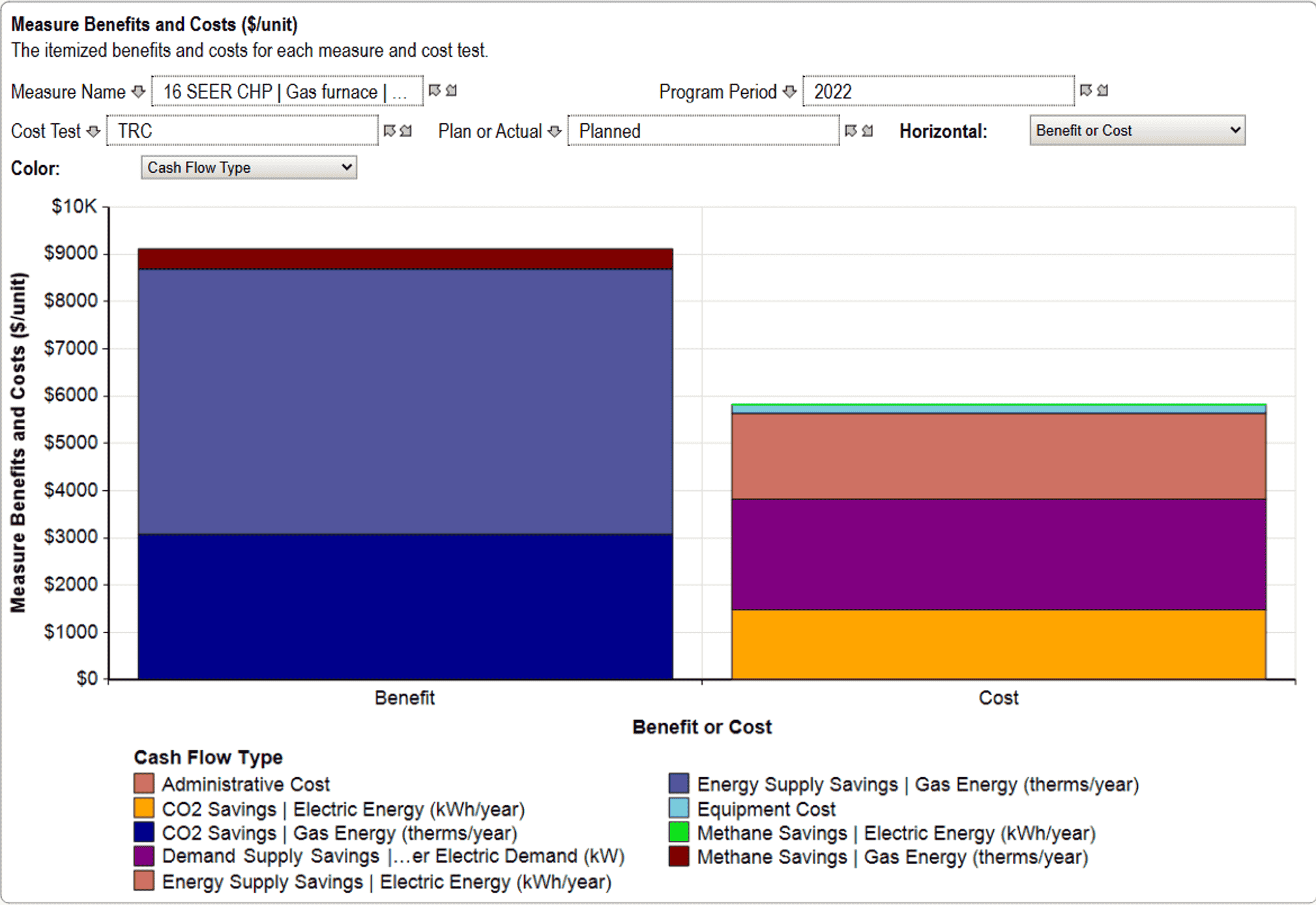
Analytica’s Intelligent Arrays make it vastly easier to represent and manage multiple dimensions than it is in Excel — or indeed standard programming languages, like C or Python. Analytica’s influence diagrams provide visual clarity for building, verifying, and communicating models. Analytica’s Integration with Excel allows end users to review and edit data using standard spreadsheet templates, which they can easily upload into ACES to populate and run the models.
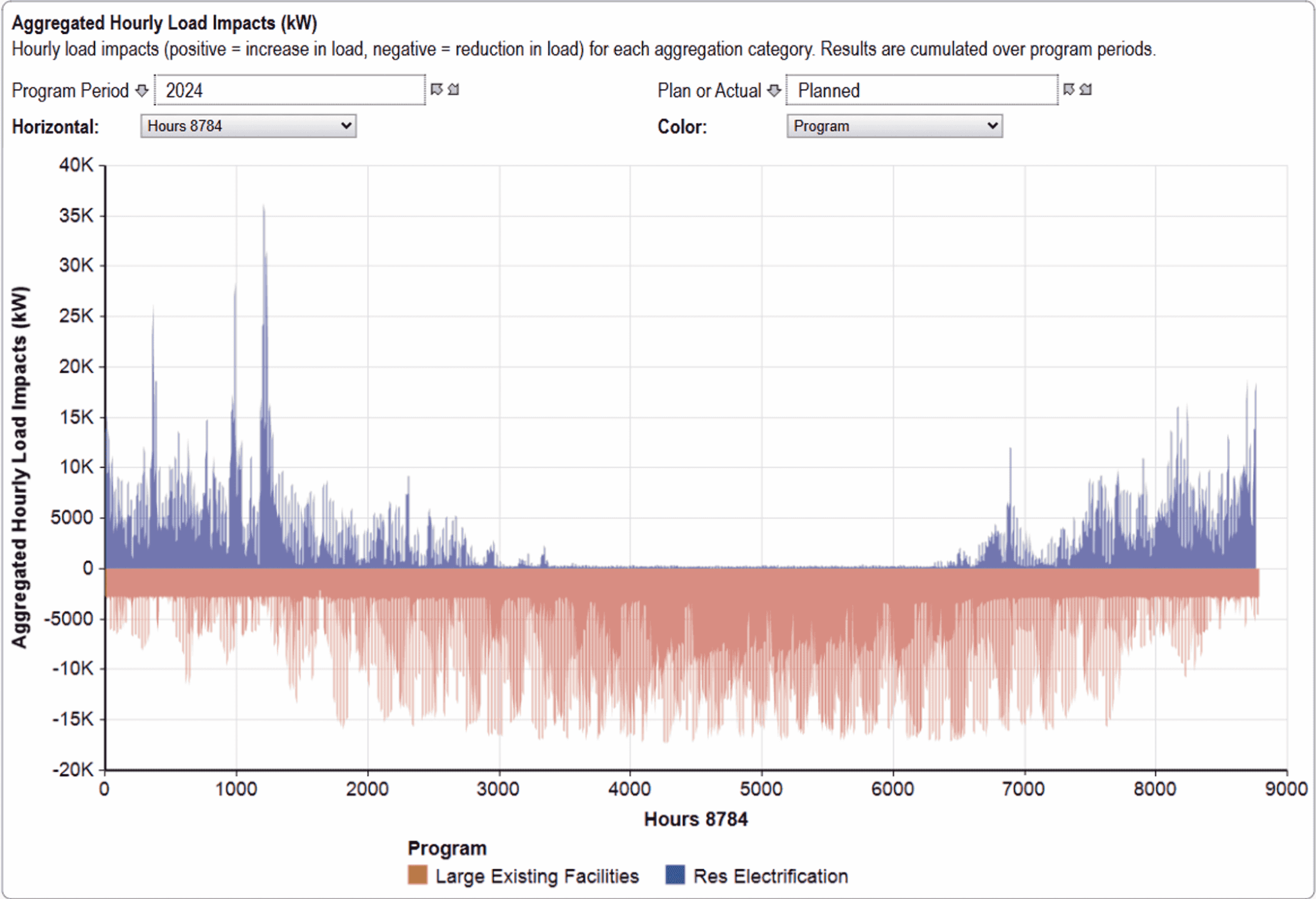
The Lumina team has decades of experience using Analytica to address energy efficiency, electrification, distributed generation and battery storage, demand response and related challenges for power companies. They used this work as a solid foundation on which to build ACES — Analytica for Cost-Effectiveness Solutions. Analytica Cloud Platform (ACP) makes it easy to access tools online via a web browser, avoiding the need to install special software.
Applications of ACES
Previous versions of the Analytica model developed by James Milford and colleagues have been deployed for multiple utility companies in North America. Apex Analytics used a version of ACES, called “FlexCE”, to help design, refine and evaluate the cost effectiveness of electrification programs for the Cities of Fort Collins and Longmont, two municipal utilities in Colorado. With the ability to combine detailed pre- and post-measure hourly load profiles with multi-part retail rates reflecting the Cities’ actual tiered and time-of-use electricity tariffs, Apex used their customized version of ACES to conduct a more rigorous cost-effectiveness analysis that identified the most advantageous heat pump installations and use cases. The tool allowed Apex to define a jurisdiction-specific “community” cost test that better captured the Cities’ goals for electrification. Apex’s work for the Cities culminated in a strategic roadmap for deploying building electrification. Apex has also used the tool to conduct studies for Xcel Energy, Atmos, and Colorado Natural Gas.
Lumina is now customizing ACES for a major utility in Canada. ACES provides a unified platform to help the utility evaluate and allocate over 200 million CAD per year among programs in energy efficiency, electrification, demand response, and solar.
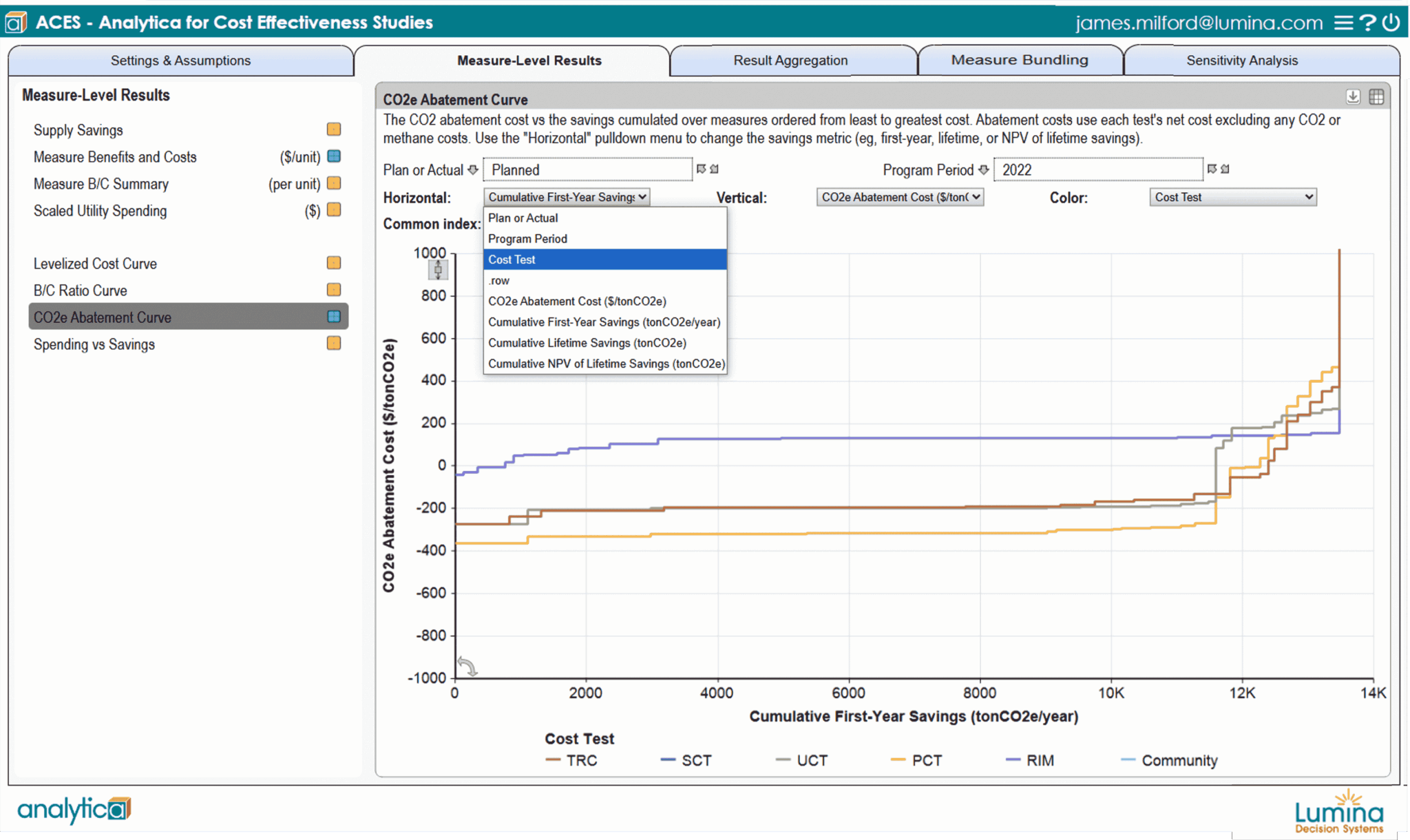
Advantages of ACES
ACES brings these advantages to the process of cost-effectiveness analysis of DSM projects, versus legacy spreadsheet-based systems:
- It can analyze and evaluate measures, programs, and options at aggregated levels and at detailed levels, by program, customer class, end use, portfolio, and so on, as needed for management and regulatory purposes.
- It lets analysts define and compare portfolios of projects to identify the most cost-effective options subject to budget constraints.
- It offers much greater flexibility to define and add new measures, programs, incentives, and cost-effectiveness metrics.
- It supports a team of analysts and managers collaborating on complex programs.
- It lets users define and compare alternative scenarios with different assumptions and inputs.
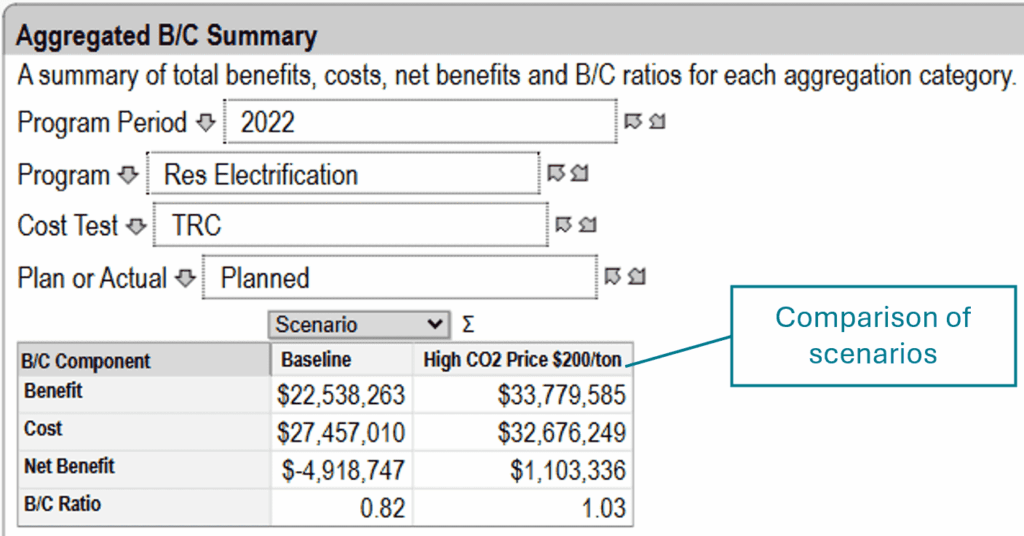
- It supports sensitivity analysis to see which assumptions and variations really matter to the results users care about.
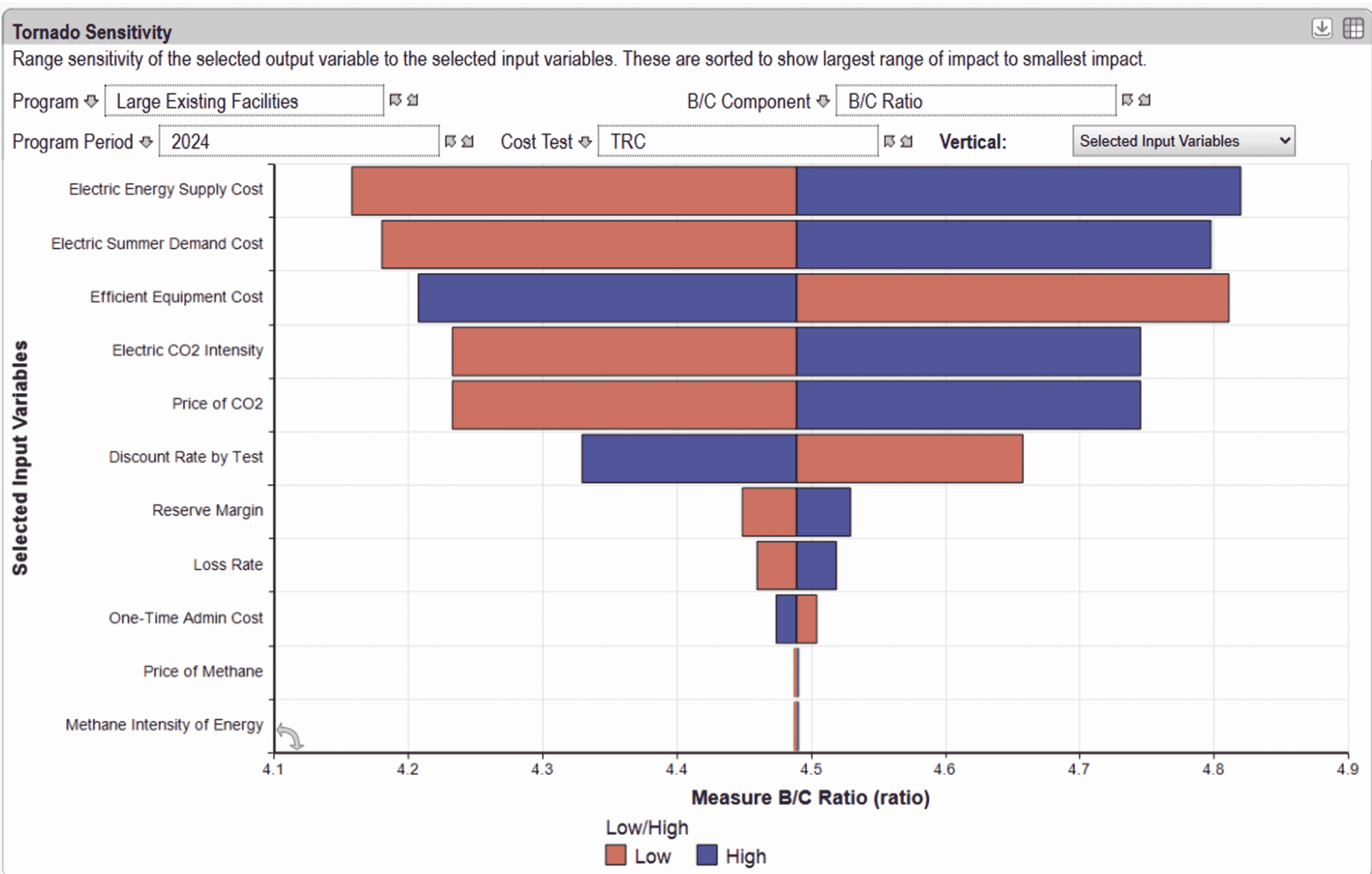
Customers
Justin Spencer, Project Director, Apex Analytics
Author






